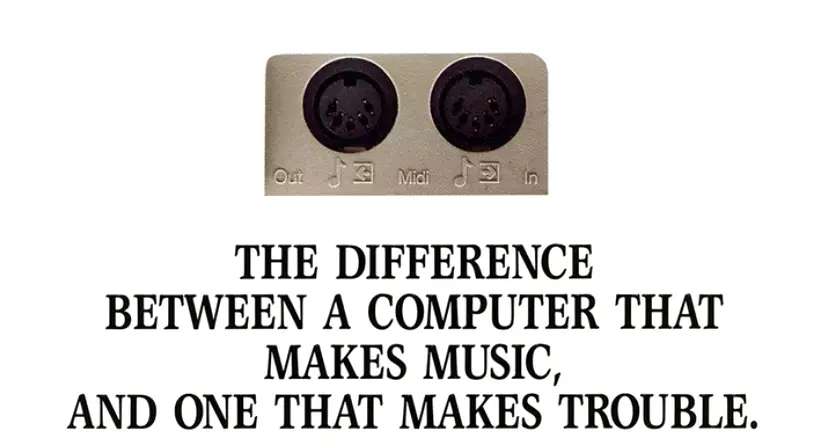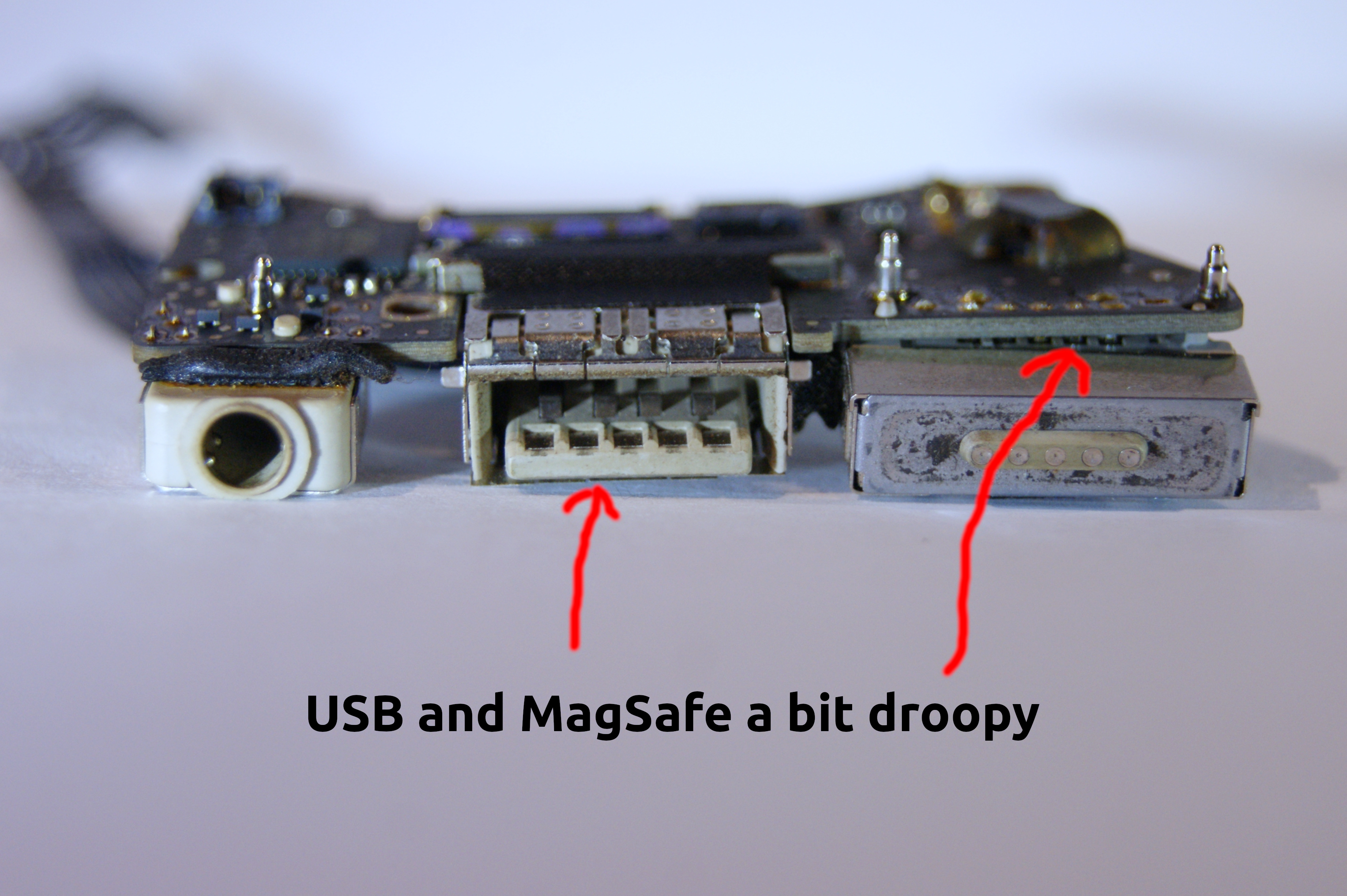Was Leute so mit ihrer Zeit anstellen…
— a 1973 Tektronix Dual-Channel oscilloscope that is rigged to browse the world wide web while simultaneously listening to what the internet sounds like as a waveform.
Einen Kommentar hinterlassen
Was Leute so mit ihrer Zeit anstellen…
— a 1973 Tektronix Dual-Channel oscilloscope that is rigged to browse the world wide web while simultaneously listening to what the internet sounds like as a waveform.
Einen Kommentar hinterlassen
„About segments, the 7 segment display and alternative designs.“
Einen Kommentar hinterlassenJoe Grand hat sich flache Speaker, ein Raspberry Pi Zero genommen und nebst Pappe aus all dem die bisher wahrscheinlich dünnste Boombox der Welt gebaut. Mir wäre die ja ein bisschen zu bunt, aber über die farbliche Gestaltung kann am Ende ja schließlich jeder selber entscheiden. Anleitung dazu gibt es hier.
The hardware is based around a Raspberry Pi Zero 2 W computing module and ultra-thin TDK PiezoListen speakers. It also uses a Microchip CAP1166 capacitive touch sensor, a TI PCM5100A stereo DAC, two TI LM48580 piezo speaker drivers, and twenty-four NeoPixel RGB LEDs for a VU meter. It is powered by a 5000mAh rechargeable Lithium-Polymer battery. A cassette tape modified with neodymium magnets can be used to enable power to the boombox by placing it into the tape-shaped slot on the front of the circuit board.
(Direktlink, via BoingBoing)

Vinyl, CD, Digital, Kassetten, alles schon da gewesen, wieder gegangen, wiedergekommen. Der Elektroniker Remute geht einen ganz anderen Weg und veröffentlicht sein kommendes Album „R64“ auf neben Vinyl und Digital auf einem Nintendo 64 Cartridge. Und das dürfte somit das erste Album überhaupt sein, dass auf solch einem Medium releaset wird. Ziemlich geile nerdige Idee. Die limitierten Cartridges sind allerdings alle schon verkauft.
No tricks – this is not an embedded MP3-player, terribly compressed WAV-files on a microSD-card or other cheating: as with all previous Remute cartridge albums the sound on this cartridge gets generated and played back in realtime and it’s all happening within meager 8 Megabytes! With ‚R64‘ the Nintendo 64 console is your very own synthesizer and happy to serve you every time you turn it on and press play! 93,75 MHz, baby!
For this wizardry Remute cooperated with genius Nintendo 64 dev Rasky, who is not only responsible for the sound engine and player-GUI, but also managed to put together an amazingly trippy 3D-experience accompanying Remute’s music – you will…uhmmm… fly.
The cartridges are region-free and will fit and play flawlessly on all models of the Nintendo 64 console – no matter if NTSC-U, PAL or NTSC-J.
(Direktlink, via BoingBoing)
Okay, nerdiger wird es heute wahrscheinlich nicht mehr.
1-Strg, 2-links, 3-rechts, 4-oben, 5-unten, 6-Leertaste.
https://twitter.com/yoshinokentarou/status/1480435063569674240
(via Neatorama)

Als sich Ende der 1990er alle PC kauften, um damit digital Musik zu machen und aufzunehmen, kauften wir uns einen alten Atari 1040 ST, um so Musik zu machen, wie man das in den 1980ern vorm HD-Recording halt so machte. Weil wir das wissen wollten und es uns viel später aneigneten, als dass das eigentlich möglich gewesen wäre. The Sound of 16-Bit.
(Direktlink, via Zwentner)
Dylan Tallchief hat in Excel einen rudimentären Sequencer gebaut, der als Drum Machine fungiert. Für mich persönlich ja, der allereinzige Grund, Excel freiwillig zu öffnen. Die Tabelle gibt es hier zum Download.
Einen Kommentar hinterlassenDownload Drum Machine (tested on Excel 2019/Office 365):
Enable editing and allow macro’s to run!Note: In Ableton, don’t link loopmidi to a Control Surface (i didnt mean to show that in the screenshot)
Es gibt so Dinge, die muss man einfach mal probieren. Gerade dann, wenn man andere Prozeduren schon als ohnehin aussichtslos eingetütet hat. So ähnlich muss es wohl Alistair Wooldrige gegangen sein, nachdem sein 2014er MacBook Air zu Boden fiel und den technischen Geist aufgab. Die Garantie war abgelaufen, das Wechseln des Logic Boards kostet bei Apple ein Vermögen und das Internet gab ihm den Hauch einer Hoffnung, sein MacBook auf relativ einfachem Wege auch so wieder zum Laufen zu bringen. In dem man es quasi in den Backofen steckt. Zumindest die Innereien des Rechners.
Den Bums solle man dann bei 170°C für sieben Minuten backen, was eigentlich dafür sorgen soll, dass sich eventuell gelöste Lötverbindungen wieder zusammenfinden. Rein theoretisch zumindest. Er hat seine damit gemachten Erfahrungen hier mal niedergeschrieben. Spoiler: in seinem Fall hat das nicht ganz so gut funktioniert. Kann am Herd gelegen haben. Danke jedenfalls dafür, dass das mal wer getestet hat.
The internet has happy tales of other owners reviving their dead MacBooks by gently baking them in the oven. I figured, if it’s good enough for those four people on the internet – it’s good enough for me. The idea is to heat the logic board just enough to reflow solder any broken connections.
Only the logic board should go in the oven, so the first stage is to remove all components and connections from the board. Despite the MacBook Air’s tiny form factor, this was surprisingly simple, although it does require use of a pentalobe and Torx driver bit. The I/O board was also removed from the chassis, as my suspicion was that the offending component would likely by located on that board – plus it would give the logic board a companion during the bake-off.
[…]
With confidence high and the bake nearly finished, for the final 60 seconds I thought I’d go off-piste and crank up the temperature to 180 °C – I wanted to make sure things were cooked through. Curiously peering through the oven window, all hell broke loose within 30 seconds: The room filled with sounds of popcorn being made as resistors and components desoldered themselves from the logic board and dropped onto the oven floor. The previously clear air was replaced with an acrid haze. Then the bake reached it’s finale as the logic board bowed up in the middle, accompanied by the screeching sound of the CPU being wrenched off its socket. I lunged for the power switch and yanked open the oven door, hoping to limit damage. Then, as quickly as the bowing started, everything calmed down and the board returned to its original shape. With the board still hot, a wooden spoon was employed to desperately poke the CPU back onto its mount – with little success.

(Foto: woolie.co.uk)
(via BoingBoing)
Sehr schön nerdige Form der Klangerzeugung, die Hainbach hier zum akustischen Licht führt. Er hat sich einen HP DS3 3782A Error Detector besorgt, der einst zum HP 3781A Pattern Generator gehört hat. Beides waren irgendwann mal Geräte, die im Bereich der CCITT eingesetzt wurden. Ich habe heute ewig danach gesucht, was genau das alles sein könnte. CCITT steht für „Comité Consultatif International Télégraphique et Téléphonique“ und war 2005 ein internationales Beratungsgremium für Telekommunikation. In diesem Kontext wurden Gerätschaften erfunden, die wohl auch nur für diesen Kontext zu gebrauchen waren. Der HP DS3 3782A Error Detector war eines davon. Nerdkram.
The HP 3782A Error Detector used with a HP 3781A Pattern Generator forms a flexible, high-performance error measuring system for digital transmission equipment in the CEPT digital hierarchy. They provide 2, 8, and 34 Mb/s interfaces and binary ECL operation up to 50 Mb/s. Automated or remote measurement capability with HP-IB. Measurements can be made on all types of digital transmission systems including cable, digital radio, satellite, and lightwave. The pattern generator provides a wide range of test patterns including PRBS for simulating live traffic and shorter WORD patterns for checking pattern sensitivity in transmission equipment. Binary and code error injection capability is included for stress-testing line terminating equipment. A jitter modulation input is provided to add controlled amounts of jitter to the output test pattern and perform jitter tolerance tests on equipment interfaces.
Hainbach hat aus diesem Teil jetzt Sound geholt und das Gerät „The Saddest Drone Machine“ genannt. Klang aus Geräten, die nicht dafür gebaut wurden, Klang zu erzeugen. Mag ich sehr.
(Direktlink, via CDM)



Die Circuit Bending-, und somit eine aleatorische Musikkunst verstehenden Nerds bei Moon Armada bauen Synths und Controller in Puppenköpfe und ganze Puppen. Das ist ein bisschen weird, aber auch irgendwie ganz geil. Weil: macht ja sonst keiner.
Ein Kommentar